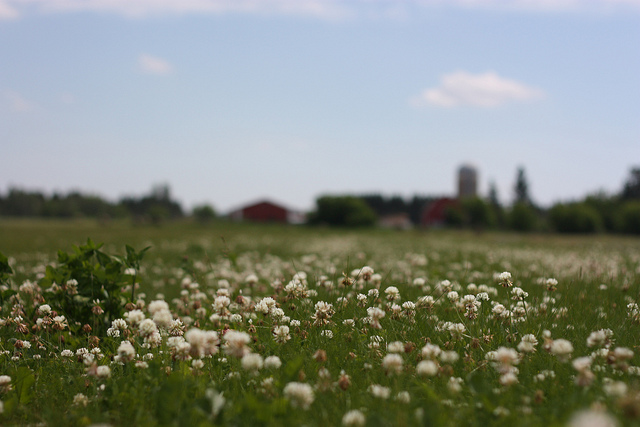Do you have a habit of eating sweets? Or perhaps you have to complete a certain routine before being able to leave your house? These compulsions that essentially become automatic are known as habits. Habits can be good or bad, but one thing for certain is that once formed, they are hard to break. This is problematic since we all want to get rid of bad habits while keeping good ones. Popular solutions often involve certain tricks designed to stop specific habits. For example, to treat the bad habit of nail biting, it is advised to coat your nails with something bitter. Although these strategies may work for some bad habits, there are many other habits, such as smoking and drinking, that require much more than simple tricks to break. Fortunately, a recent discovery has made strides toward such a goal.
Researchers have found a scientific explanation for how habits are formed. In the study conducted by scientists at Duke, mice were trained to form a sugar habit by pulling a lever that would result in the deliverance of sweets. In contrast to mice who did not form such a habit, the mice who were trained to develop this habit continued to pull the lever even after the sweets were no longer given. They analyzed the brains of the mice and noticed differences in brain circuitry. Specifically, the mice that became addicted to sweets showed signs of increased activity as well as earlier activation of the “go” pathway in their basal ganglia, which is a network of brain regions that controls movement. So what exactly does this mean?
Interestingly, a kind of “race” occurs between two brain circuit pathways of the basal ganglia: “go” and “stop”. As their names suggests, the go pathway causes movement to occur whereas the stop pathway terminates and prevents movement. In other words, the winner of the race determines whether the action proceeds or ceases. The mice that formed habits in the study became wired so that their go pathway always “won” the race by having a head start over the stop pathway.
Image Source: Dorling Kindersley
The results of this study provide a better understanding of the scientific nature of habits. Unlike normal habits, serious ones such as those associated with OCD require more than simple changes in behavior. Unfortunately, the researchers acknowledge that therapeutic applications of their findings are inaccessible due to the potential complications associated with manipulating the basal ganglia. Nevertheless, the study has at least given procrastinators something to use in response to their proactive peers: “I’m not lazy, that’s just how my brain works!”
Feature Image Source: habit | 1 july by sarah










